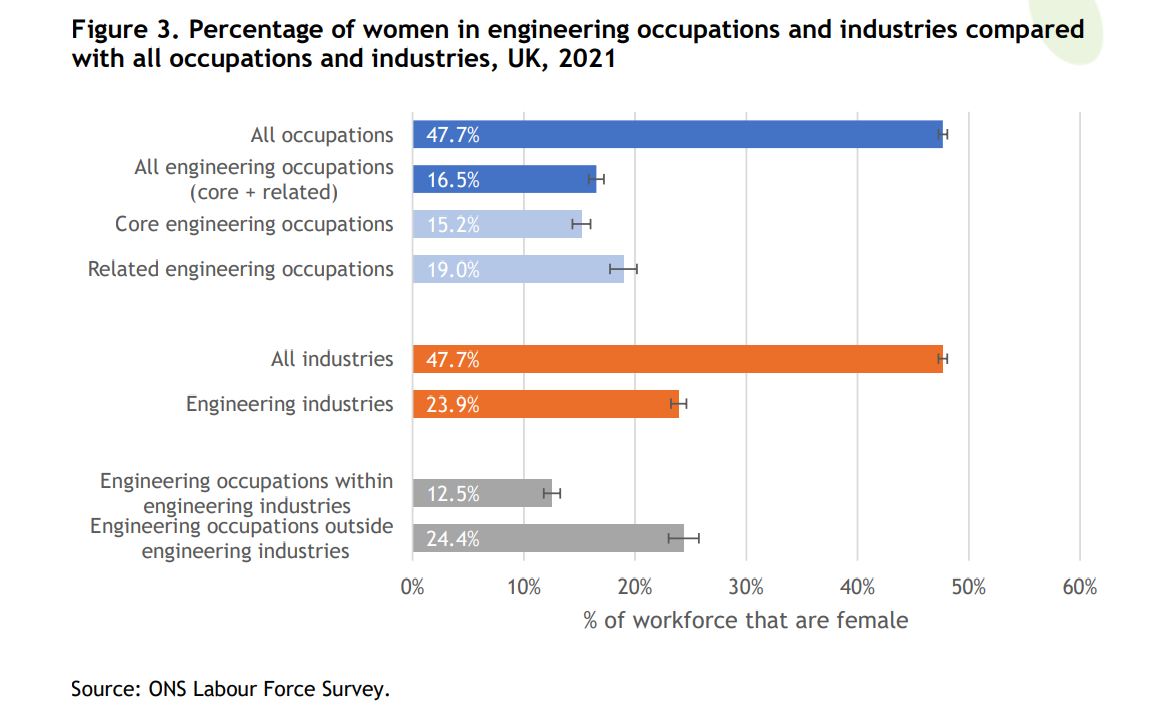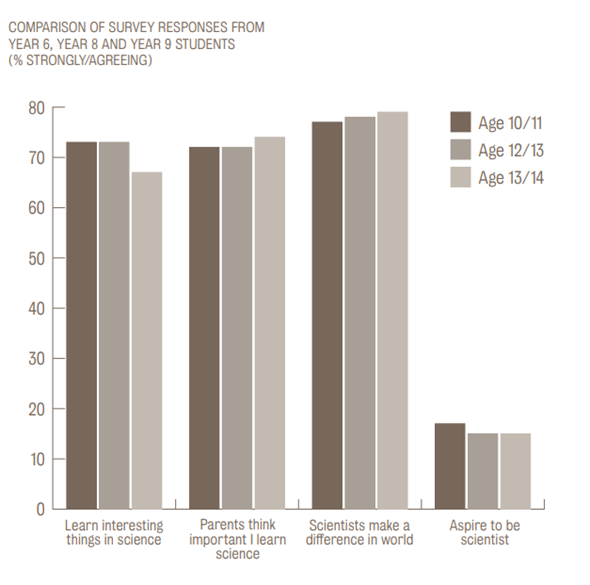In the UK and worldwide, the Digital Engineering sector has always been at the forefront of great change, helping to revolutionize the way we live our lives and providing solutions to the problems that we face.
But, in spite of its obvious vitality to our society, the sector itself is in trouble. The crisis of skills is having seismic knock-on effects on the ability of the industry to thrive, and data recently released from APSCO has revealed that the engineering sector has seen a concerning decline in both applicants (44.1%) and vacancies (39.9%), when comparing June 2022 figures to June 2021. Though this drop in vacancies could initially be read as a positive indicator that the unsustainable boom of vacancies we saw in the earlier part of the year has started to slow, APSCO has suggested that a drop in vacancy levels is ‘more likely to indicate that jobs are going unfilled and hindering new openings.’
So, what can the sector do to recover, and how can we build a stronger pipeline of talent to safeguard the future of the industry?
Diversify the workforce
It’s no secret that, historically, the Engineering and Manufacturing industries have been viewed as male-dominated workplaces. In fact, figures from Engineering UK show that, just four years ago, women only made up 12% of the UK’s engineering workforce, compared to 47% in the wider UK workforce. Furthermore, ethnic minorities constitute only 8% of technicians and engineers, despite forming 12% of the wider UK workforce. Though more recent data indicates that gender diversity is improving, with 16.5% of those working in engineering in 2022 identifying as women, compared to 10.5% as reported in 2010, it is clear that there is a lot more work to be done to truly balance the scales in the sector.

A survey by Censuswide of 1000 project professionals found that attitudes towards the Engineering sector and women’s place within it could be acting as a blocker: of the 308 female respondents, a third (33.4%) said that unequal pay is the main barrier, followed by gender stereotyping (32.5%) and not enough women having taken STEM subjects while studying at school, college or university (29%).
But in spite of these statistics, there is very little actively being done to address the imbalance. Data from The Institution of Engineering and Technology found that “only 1/3 of businesses within the Engineering sector have taken action to improve the diversity of their engineering/technical workforce across gender (33%) or ethnicity (30%).” The impact of this inaction is that there is a growing shortage of skills in the industry and, with little impetus for women and those from underrepresented groups to pursue a career in Engineering, there is a pool of potential talent that will continue to go untapped.
Education
Many advocates for the Engineering profession have suggested that a lack of awareness and a lack of a viable pathway into a career in the sector from a young age contributes massively to the shortage of workers.
CEO of EngineerUK Dr. Hilary Leevers states that “society influences from an early age, and ASPIRES research, as well as other evidence, has shown that children start to develop stable career aspirations in their primary years. It’s therefore vital to ensure that all primary schools provide stimulating STEM education, and that children move to secondary schools with an understanding that STEM careers are open to and welcoming of them.”
 “There is a striking gap between students’ positive views of science and their lack of interest in science careers.” – ASPIRES
“There is a striking gap between students’ positive views of science and their lack of interest in science careers.” – ASPIRES
Equally, Leevers suggests that ‘outreach activity is needed to give all young people a good chance of choosing an engineering career’, and recent proposals based on research from their Impact Framework developed with New Philanthropy Capital ‘suggest that every primary school should have at least one teacher who promotes engineering and tech activities across the school,’ and ‘that students should have 3 to 4 STEM engagements in secondary school with engineering and tech content.’
In 2020, a new T-Level qualification was launched, designed to bridge the gap between education and the industry. The qualifications are designed to offer a blended learning experience, which mixes theoretical classroom learning with hands-on placements within the industry. Ryan Doyle, director of operations at Building Design Northern (BDN), has praised the introduction of these qualifications, and states: ‘from our own experience, T Levels are a way to grow our own talent and find the next generation of engineering and construction industry leaders.’
Whilst these measures by no way offer a short-term solution to the current skills shortage, it’s important to have a forward-looking approach to tackling and resolving the problem for the future of the industry. Education is the best and most practical way to build a pipeline of skills that will safeguard the sector for future generations.
Employers must do more to keep the sector attractive
It’s becoming increasingly clear that the engineering sector has a growing issue with retention: a report from the Construction Products Association found that over 200,000 construction engineers have left the industry since the start of the pandemic. The onus must now be on employers in the sector to make themselves more attractive to prospective and existing staff.
Building on our earlier points, businesses could start working towards making themselves more inclusive and welcoming workplaces: as a starting point, writing inclusive job ads using inclusive language and offering non-gendered perks and benefits to employees can begin to tackle the issue. Equally, offering flexibility to all staff will help to accommodate a more diverse range of talent to businesses, such as working parents in particular. In our recent Return to Work article, we discussed how data from the Government Equalities Office revealed that in the 3 years after childbirth, only 27.8% of women were back in work. If your business is struggling to recruit, but are not advertising or have not considered offering a flexible, hybrid or part-time contract, you could be missing out on a vast pool of talent that possesses the required skills to suit your requirements.
